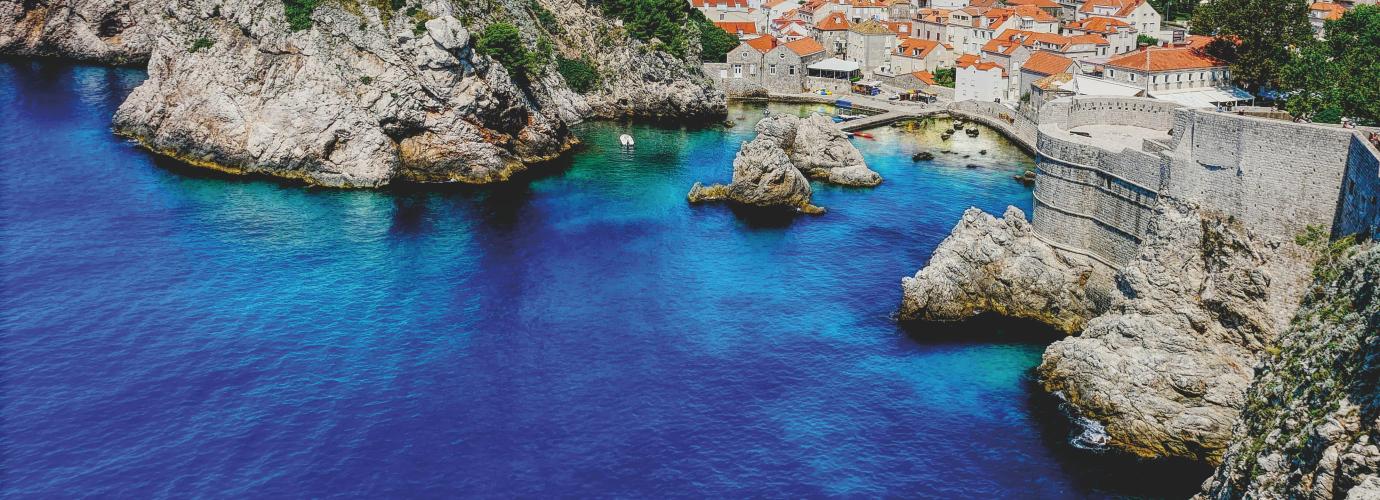During almost three decades of independence Croatia had to pass through challenging political and economic transition. At the beginning of its independence in 1991-1995 Croatia had to wage the War of Independence (in Croatia called Homeland War) against Serbia and Serbian-dominated Yugoslav People's Army (JNA) with around 50 billion dollars war damage.
From the 1990 Croatia held several parliamentary elections. Spectrum of political parties is similar to most of other European countries with social-democrats and Christian-democrats as most important political forces. In the latest 2016 parliamentary elections, results were in favour of HDZ with 61 seats won in the parliament, while the People's Coalition (SDP, HNS, HSU, HSS) won 54 seats. At the end of 2019 and in the beginning of 2020 presidential elections were held. In the second round in January 2020 Zoran Milanović won with 52.66% of the vote and was elected the 5th President of the Republic of Croatia since its independence. Previous President Kolinda Grabar-Kitarović was not re-elected for a second term.
Economic transition from centralized, planned economy, dominant in the communist era, to the free market-oriented economy represents another major challenge for the Republic of Croatia. After banning planned economy Croatia faced with the problem of surplus of employees in public companies, increasing deindustrialization and loosing of markets. After the break-up of Yugoslavia, the Croatian socialist and semi-market economy was transformed into a system based on private ownership and an open market economy. This transition was delayed and hindered by the aggression against Croatia and the adjustment of economic policies to the needs of defence. Economic development was burdened by a large amount of war damage (estimated in 1999 to amount to USD 37.1 billion – 160% of its GDP), which also made transformation and privatisation more difficult. Furthermore, the economic crisis affected Croatia strongly and neutralized the progress of economic development. In 2009 the GDP shrank by 6.9%. In 2015, Croatia came out of the period of recession and the real GDP growth rate was 1.6%. The economy of Croatia is mostly a service-based economy accounting 66.8% of GDP. According to the Croatian Bureau of Statistics in 2000 GDP per capita in EUR was 5.494 (GDP per capita in PPS was 48,9) and in 2016 was 11.184 (61,0).
In 2015 Republic of Croatia spent 4.8% of GDP on education which is somewhat lower than EU average.
According to the 2011 Census the educational attainment level of the adult population is following:
- No schooling (1.7%)
- 1-3 grades of basic education (1.0%)
- 4-7 grades of basic education (6.9%)
- Elementary education (21.3%)
- Secondary education (52.6%)
- Higher education (16.4%)
- Unknown (0.2%).
Source:

